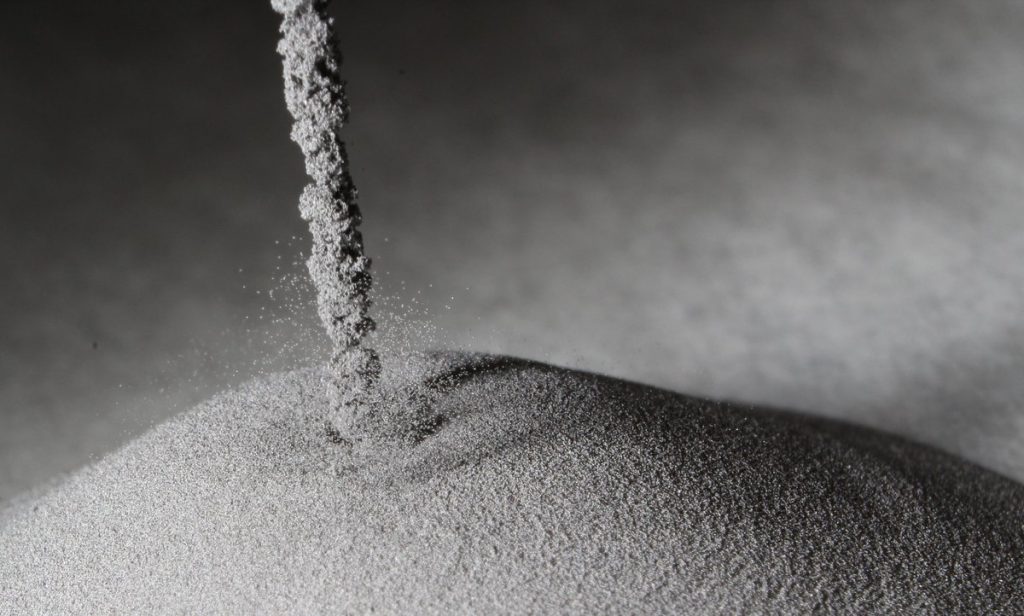The worldwide Metal Powder Industries Federation (MPIF) has published A Collection of Powder Characterization Standards for Metal Additive Manufacturing. A compilation of nine existing test methods relating to metallic powdered feedstock, the document is intended to help “clarify the technology as an aid in conducting business” for designers and manufacturers.
Championing powder metallurgy for over 50 years
Founded in 1944, in the closing days of WWII, the MPIF is a not for profit organization headquartered in Princeton, NJ. Presently, the federation is formed by the aligning interests of six trade associations including the Metal Injection Molding Association, Refractory Metals Association, and the Association for Metal Additive Manufacturing, whose members include HP, LPW, GE Additive, ExOne, and Desktop Metal.
Overall, the MPIF exists to serve this interests of these industries, helping to keep the workforce informed through a range of resources, events and training.
It’s Basic Powder Metallurgy Short Course, including a module on additive manufacturing, is tipped to be “the powder metallurgy industry’s longest running course” and has been active for over 50 years.

Making sure powder goes with the flow
The MPIF’s recently published collection contains standards relating to the preparation of powder samples, material purity, flow characterization, particle size, and powder packing. MPIF Standard 02, for example, describes a method of testing for impurities, like oxygen, carbon and sulfur, in a metal powder. As detailed by the MPIF, “Typically, the primary information learned in this test is the amount of easily-reduced oxides contained in a powder. It can also be show if there is appreciable moisture content in the powder.” Completion of this test determines factors that could affect alloy quality and overall process control.
As another example, MPIF Standard 03 details the use of a standardized funnel to determine the flow rate of a metal powder.
A Collection of Powder Characterization Standards for Metal Additive Manufacturing can be bought and downloaded from the MPIF here.
Other standards beneficial to the metal additive manufacturing industry include the ASTM International document for powder bed fusion (PBF) 3D printers, SAE International‘s standards supported by the FAA, and the maritime additive manufacturing guideline from DNV GL.

Nominate your Materials Company of the Year in the 2019 3D Printing Industry Awards now.
Stay up to speed with metal additive standards by subscribing to our newsletter, following 3D Printing Industry on Twitter and liking us on Facebook. Join 3D Printing Jobs for new opportunities near you.
Featured image shows metal additive manufacturing powder. Photo via Stratasys.



